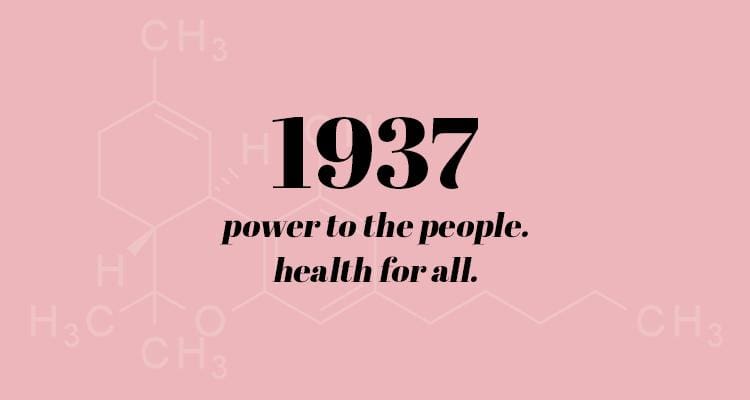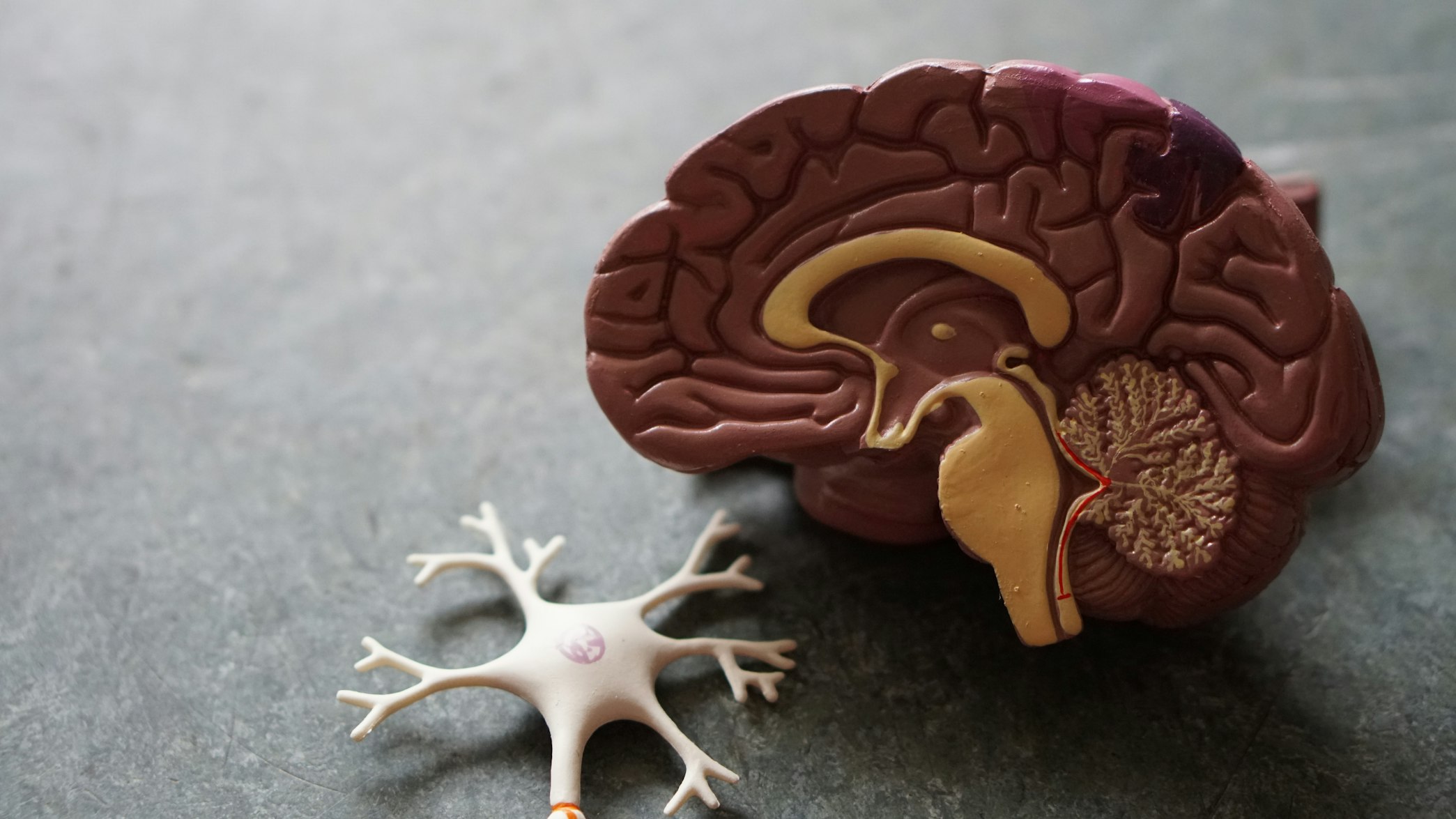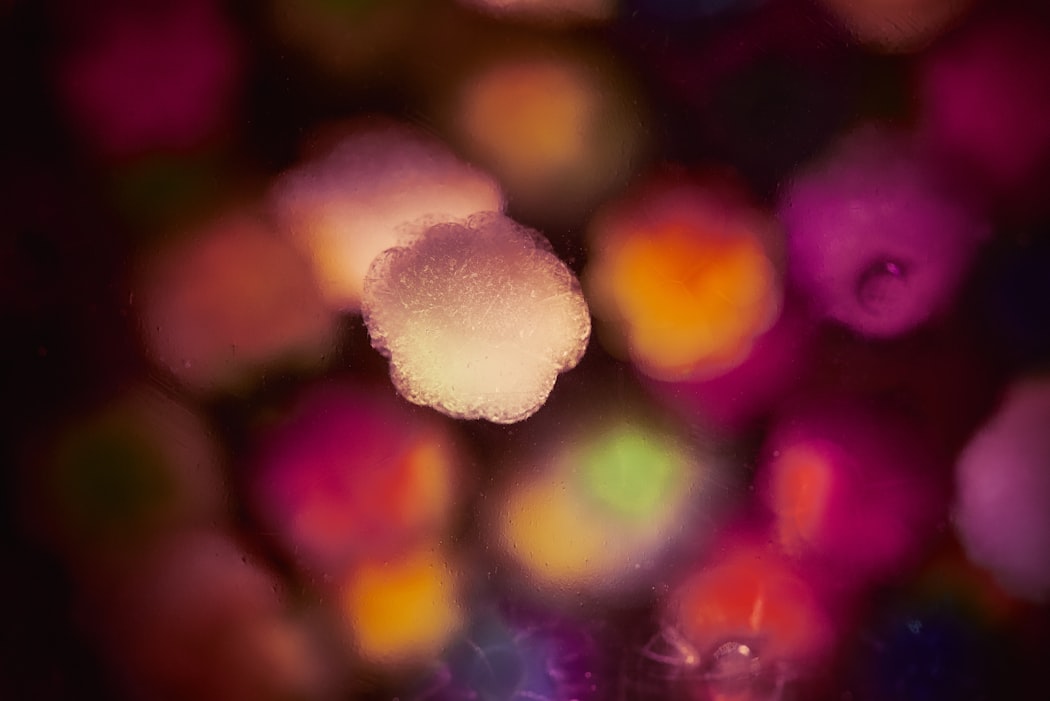The Endocannabinoid System: Your Top Questions Answered

Over the last several decades, scientists and physicians have explored how cannabis affects the body and mind. One of the most important discoveries from this research has been the endocannabinoid system. Commonly called the ECS, this system was first identified in the early 1990s and is responsible for the healing and relaxing effects associated with cannabis and CBD.
Research into the endocannabinoid system is still ongoing, and it will take many years before we fully understand how it works. But if you’re interested in how CBD can provide such a beneficial, healing effect, it pays to understand the basics of this fascinating system.
What Does the Endocannabinoid System Do?
Since the ECS can be found not only in humans, but all vertebrates, you’d think that we’d have a solid understanding of the role this system plays in the body. But it's a highly complex system that interacts with numerous other structures in the body. For this reason, scientists still have a lot to uncover about the exact purpose of the ECS.
Researchers have agreed on two key purposes. The first is to help the body to maintain homeostasis. This term refers to the body’s ability to keep its internal environment running smoothly, even when there are dramatic changes to one's external environment.
The ECS plays a role in maintaining homeostasis by allowing other organs to function as best as possible. One of the most common examples of homeostasis in humans is body temperature. Most people maintain a body temperature of roughly 98.6 °F, and whether they’re standing in Antarctica or the Sahara desert, it stays consistent.
The second purpose of the ECS is to help fine-tune the communication between nerves. Much like with maintaining homeostasis, the goal of the ECS is to optimize the relationship between nerves, allowing them to talk to each other as quickly and accurately as possible.
Because the ECS and nerves can be found in all parts of the body, the ECS’s ability to improve nerve communication can help numerous other parts of the body function optimally. This is one of the key reasons why CBD and cannabis offer holistic healing and relief for a wide range of ailments.
While the following list is by no means comprehensive, scientists have identified many different body functions that can be affected by the ECS. These include:
- Emotional State
- Hunger and Appetite
- Sleep and Sleep Patterns
- Memory and Recall
- Movement and Motor Control
- Bone and Tissue Growth
- Reproduction and Fertility
How Does the ECS Function?
The ECS consists of three main pieces: endocannabinoids, receptors, and enzymes.
Endocannabinoids
Endocannabinoids are chemicals that are naturally produced by your body, whether or not you use cannabis and CBD. If you were to examine their chemical composition, you’d find that they are similar (but not identical) to THC, CBD, and the other 80+ phytocannabinoids found in cannabis.
While it’s likely that additional types exist, scientists have so far focused on two important endocannabinoids, that is, cannabinoids native to the human body: anandamine (AEA) and 2-arachidonoylglyerol (2-AG).
Interestingly, rather than keeping a steady supply of endocannbinoids flowing, your body produces these chemicals on an as-needed basis. For that reason, the amount of, say, AEA in your body fluctuates wildly throughout the day, and there’s not an accepted healthy or “typical” level.
Receptors
The receptors are where the magic of the ECS happens. Receptors are small, membranous surfaces found on cells throughout your entire body. When an endocannabinoid comes along and runs into a receptor, it binds to the receptor.
You can think of the receptors as a lock, and the endocannabinoids as the key. Once the receptors are unlocked, a flood of neurotransmitters (chemicals which can alter brain functions, such as serotonin or dopamine) is released. These neurotransmitters are what cause the brain and other parts of the body to change their behavior for the better.
There are two types of receptors, called CB1 and CB2. Both can be found throughout the body, but they tend to cluster in specific areas.
CB1 receptors hang out primarily in the brain and the central nervous system. These receptors serve many functions, but one of their primary roles is regulating the perception of pain. If you’ve ever noticed that aches and bruises don’t seem to bother you as much when using CBD or cannabis, your CB1 receptors have likely been activated.
CB2 receptors, on the other hand, are found primarily on your peripheral organs, or organs that are not part of the central nervous system. They’re concentrated mostly in the parts of the body associated with the immune system.
Research has shown that CB2 receptors play a large role in minimizing the body’s autoimmune tendencies, which is when the immune system gets over-excited and accidentally attacks the body’s cells and tissues. By reducing these attacks, CB2 receptors help the body’s immune system to improve its performance by focusing more on external invaders, like viruses and bacteria.
Enzymes
The last piece of the ECS are the enzymes. These chemicals are responsible for breaking down endocannabinoids after they’ve bonded with receptors. You can think of enzymes as the Merry Maids, sweeping up the mess and prepping the transmitters for the next wave of endocannabinoids.
How Does Cannabis Affect the Endocannabinoid System?
So far, scientists have identified 80+ cannabinoids in cannabis, each of which interacts with the ECS differently. None of them interact with ECS receptors in exactly the same way as the naturally-produced endocannabinoids, which might explain both the intoxicating and healing effects of cannabis.
Because THC and CBD are the most commonly known cannabinoids, and the most scrutinized, we’ll look at those two in detail below.
THC
THC is famous as the cannabinoid that “gets you high,” so it’s probably not a surprise that it binds readily to the CB1 receptors in your brain and central nervous system. But THC also interacts with the CB2 receptors in all parts of your body. Essentially, when THC is introduced in large quantities, such as through smoking marijuana or eating an edible, it quickly spreads throughout the body and binds to as many ECS receptors as possible.
Because a huge number of receptors are activated all at once, the brain and body are met with significantly more neurotransmitters than they’re used to, which produces the intoxicating “high.” As you might expect, this also enhances some of the healing and relaxing properties associated with the ECS system.
Unfortunately, having too much THC in your system also prevents the body’s endocannabinoids from doing their jobs. With frequent and repeated use, the body starts to produce fewer endocannabinoids and relies more heavily on external THC to trigger the ECS. This is one of the reasons why you can build up a tolerance to cannabis. It’s also why if a person quits using cannabis, it might take a few weeks for their sleeping habits and appetite to return to normal.
CBD
Unlike THC, CBD doesn’t bind directly with either CB1 or CB2 receptors, which is why it doesn’t produce as intense an effect as THC. CBD does, however, indirectly interact with receptors throughout the body, giving it the ability to promote relaxation and healing.
While scientists are still trying to determine exactly how CBD affects the ECS, it seems likely that it acts as an antagonist. Instead of binding with the receptors directly, CBD prevents the enzymes from breaking down the naturally-produced endocannabinoids. By blocking the enzymes, CBD forces the receptors to work longer and harder, resulting in greater amounts of positive neurotransmitters and more pronounced healing.
To put it more simply, rather than producing an effect on its own, CBD enhances the natural and beneficial effects of the ECS. For this reason, CBD is thought to have little to no negative side effects.
What Does This Mean for Me?
While learning the ins and outs of the endocannabinoid system can be very interesting, it often requires advanced scientific and medical knowledge to make sense of the latest findings. Furthermore, research into the ECS is still ongoing, and as the political and legal landscape surrounding CBD and cannabis continues to evolve, our knowledge will change radically.
For now, we’ve put together a few key takeaways to ponder and discuss with fellow CBD enthusiasts:
- The ECS is a naturally occurring system in your body. It helps to regulate and normalize many different functions, including sleep, mood, and immunity.
- There are three parts to the ECS: the endocannabinoids (which signal for a change), the receptors (which receive the signal and kickstart the change), and the enzymes (which clean up post-change).
- THC produces its effect by overwhelming this system, which has both positive and negative consequences.
- CBD works by promoting and enhancing this system’s natural functions, giving it a more subtle effect with few negative consequences.
If you’re interested in learning more about the ECS, please feel free to leave a comment or reach out to us on social media. You may also be interested in reading through one of the numerous scientific papers that describe this complex system in more detail.

Jackson Rockwell is a Los Angeles-based writer with 6+ years of experience creating content for numerous publications, such as Wirecutter and SOVO//Magazine. He specializes in covering travel, outdoors, and science-focused topics. Outside of writing, Jackson also enjoys creating electronic music and wandering in the woods.





